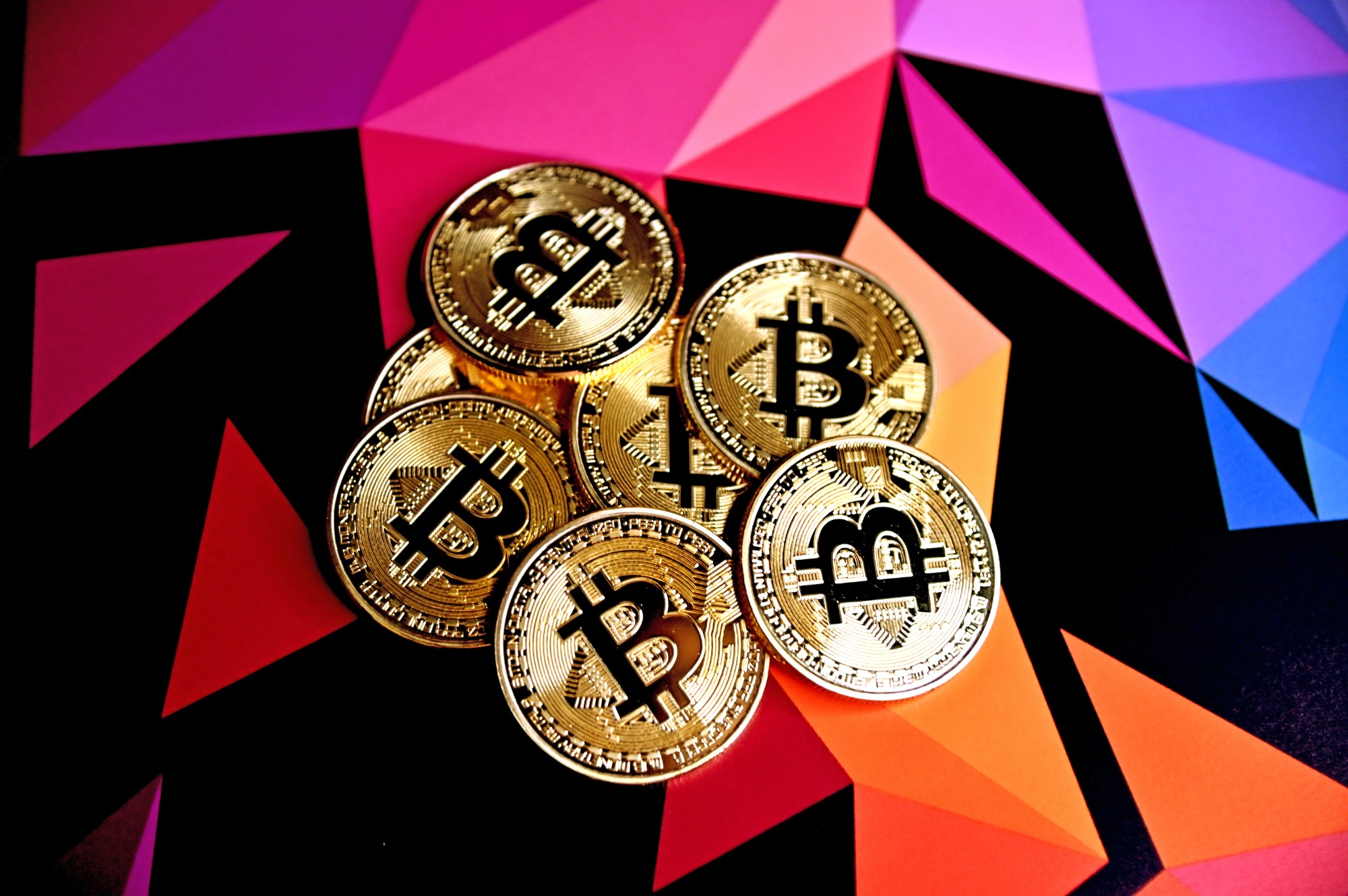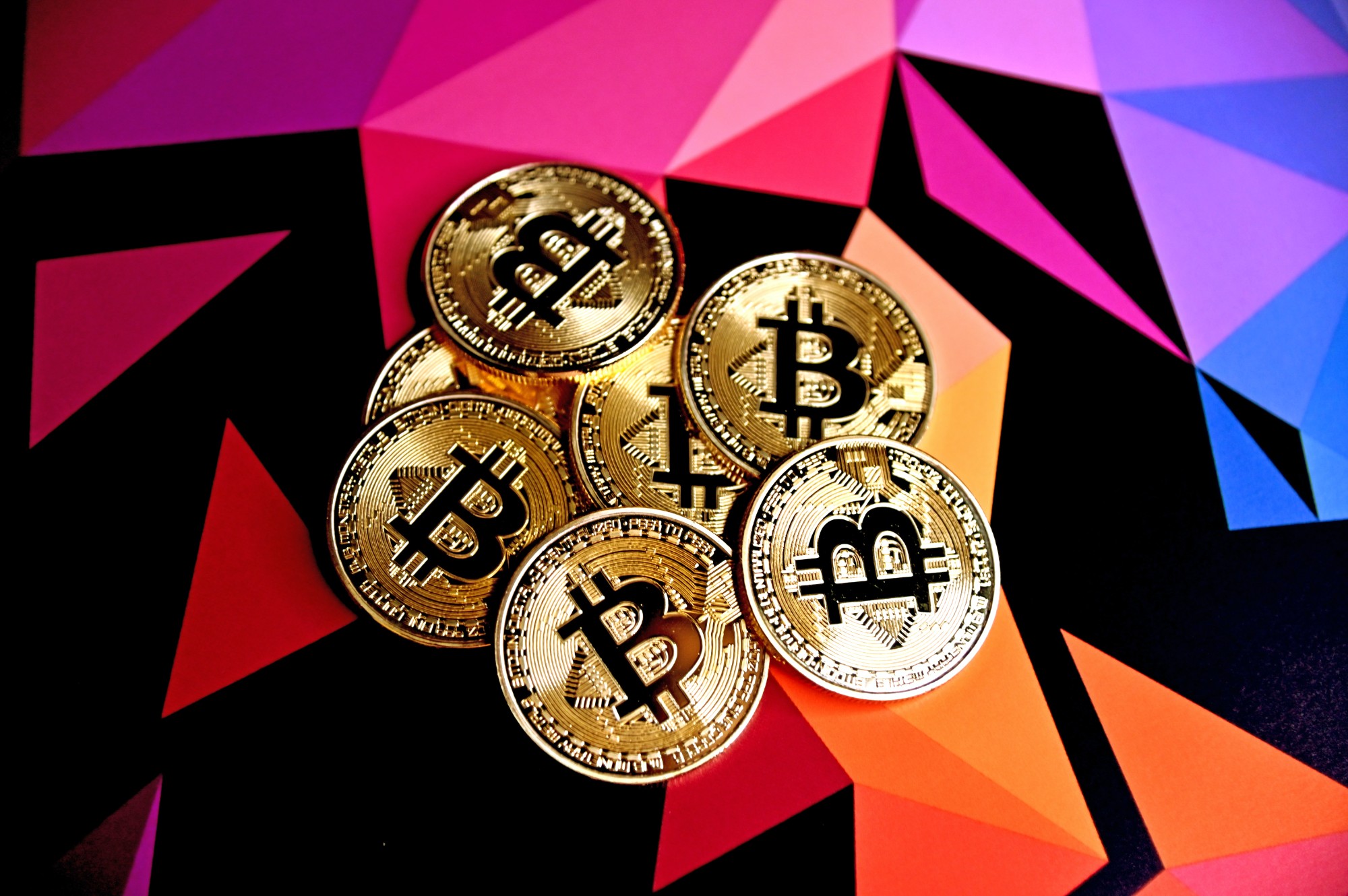
Oct 05•2 min read
Muneeb Ali: $30M+ in BTC rewards paid out


Photo credit : executim
$30M+ in BTC rewards to folks since the Stacks mainnet launch this year.
What factors determine the reward rate?
Stacks has a unique consensus where instead of burning electricity, miners bid in BTC. Bitcoin is used as digital energy for mining. The BTC is recycled and sent to Stacks holders that lock up STX in a smart contract.
The average BTC reward rate has been 10% or so. See details on http://stacking.club . What factors make the reward rate go up or down? Let’s dig in!
The first parameter is newly minted Stacks, i.e., the coinbase rewards for mining. Stacks inflation is approx 4.5% in the coming years and then drops. If 50% of the liquid supply is locked, the rewards will be (theoretically) approx 9% per year. But there is more to it.
The STX/BTC price pair plays a role here because most people think of rewards in terms of BTC paid out (or dollar equivalent) per month. STX has appreciated against BTC this year: from 1,200 sats to approx 3,000 sats now.
The average dollar value of a reward slot has fluctuated between $600 to $1,000 per slot. Both the STX/BTC and the BTC/USD pair changes impact this. If both BTC and STX appreciate against USD in a week, then average rewards in USD go up and vice versa.
Gas fees on the network result in higher BTC rewards. This design is very different from EIP 1559: instead of burning, the gas fees result in higher BTC rewards. A fee market is emerging on the Stacks main chain lately, so fees can play a greater role if the network grows.
In summary, the BTC rewards per slot depend on coinbase rewards, gas fees, and demand for the reward slots. Price changes in BTC/USD, STX/BTC and miner competition also impact the net reward that people see. Current rate is ~10%—it’ll be interesting to see how it evolves!
